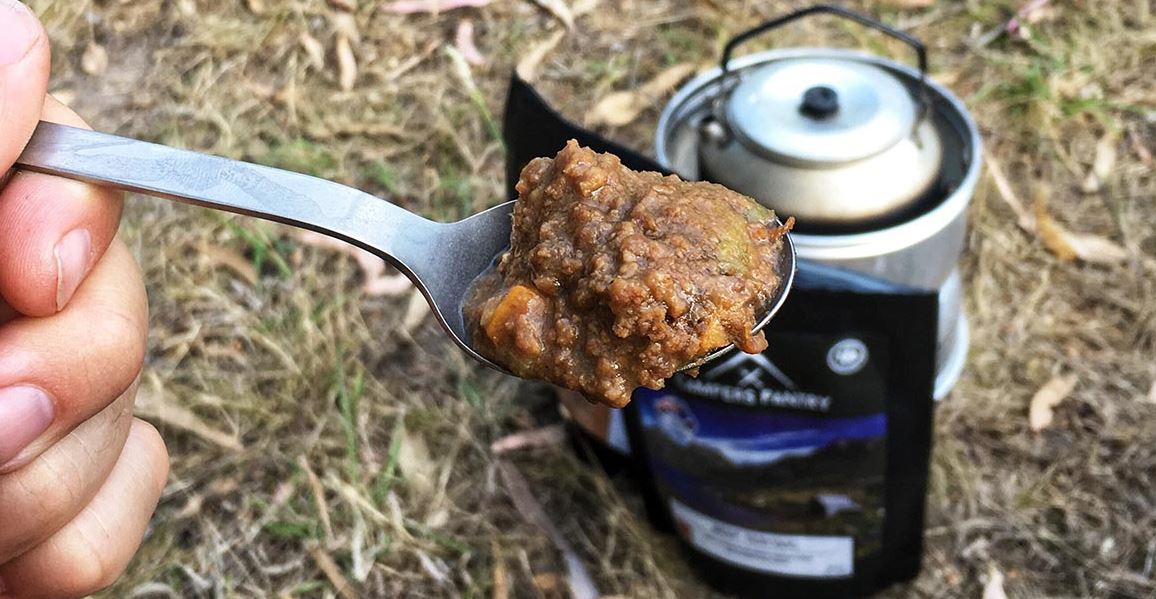The Best Dry Food For Backpacking: 2024 List
Brandon Forder May 5, 2024 5:21 AM
With a plethora of possibilities, picking the best best dry food for backpacking can be a challenge. With this manual by your side, locating the ideal best dry food for backpacking couldn't be simpler.
For this comprehensive guide to selecting the best dry food for backpacking, we accounted for the preferences of a wide range of buyers.

Compare Products
Last update on 2024-05-05 / Affiliate links / Images, Product Titles, and Product Highlights from Amazon Product Advertising API
Using freeze-dried backpacking food is convenient, lightweight, and shelf-stable. But before you purchase freeze-dried backpacking food, you should know what to look for. It's important to keep in mind the ingredients, and to pack your backpack with meals that provide you with the proper nutrition.
One of the main benefits of freeze-dried backpacking food is the fact that it's ready to eat right out of the pouch. This is great for hikers who don't want to use their hands or tools to prepare a meal. It also makes for a tasty snack or dessert. Most freeze-dried backpacking food has a caloric density of 100 to 150 calories per ounce. You may need to rehydrate your food before you can eat it, but you can also have it ready to go with hot water and a pot.
The best dehydrated foods for backpacking are fruits and vegetables. You can add some extra fat to your meals by adding some olive oil or coconut milk. You can also add sauces. Most backpackers carry a small bottle of olive oil on their trips. You should only use a small amount of oil, and you should keep it under one tablespoon in the recipe.
Nuts are another great source of fats for backpacking. Natural nuts are high in calories and low in carbohydrates. They're also a good source of protein. You can buy dried nuts in bulk at your local outdoor retailer. These are especially good for all types of backpacking diets, and they don't take up much room in your pack.
You can also add cheese and dried meats to your meals. You'll want to choose your meals carefully, as many of them contain too much salt. If you choose to add dairy to your meals, make sure to store them in your freezer until you're ready to eat them.
You can also use freeze-dried food to add extra calories to your hike. Fruits and vegetables tend to have high caloric density, so you'll want to use them as much as possible. If you're going to eat a lot of cheese, however, make sure to eat the cheese within the first few days of your trip. The moisture content of cheeses can decrease over time, and they'll become greasy.
If you're looking for a vegan meal, you can choose from the many meals offered by Nomad Nutrition. They're gluten-free, soy-free, and have vegan options. Their REVdry dehydration process allows for high calorie-per-ounce ratios, and it eliminates the need for preservatives.
Another great option for backpackers is Mary Janes Farm Outpost Backpacking Meals. These meals are packed in recycled materials, are all-natural, and have over 40 different choices. They're available at REI, and are great for vegetarians and vegans. You can also try Costco's lightly salted mix of nuts, which contains almonds, cashews, macadamias, and pecans.
If you're looking for flavored backpacking food, you can also try Packit Gourmet. They've got a wide variety of snacks and cocktail mixes, and you'll even find some fun desserts for your trip.

























